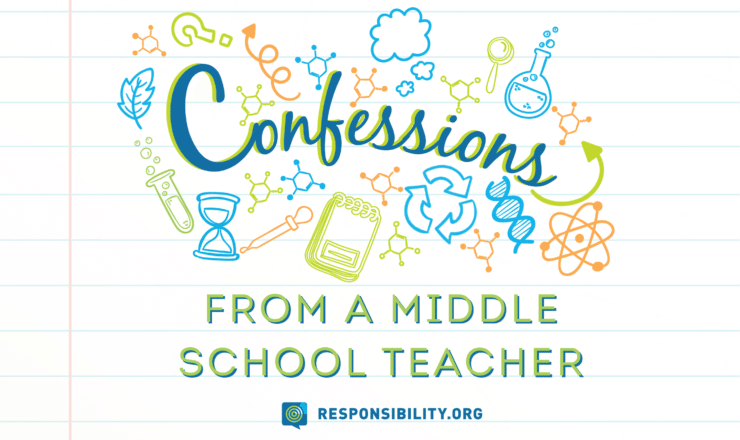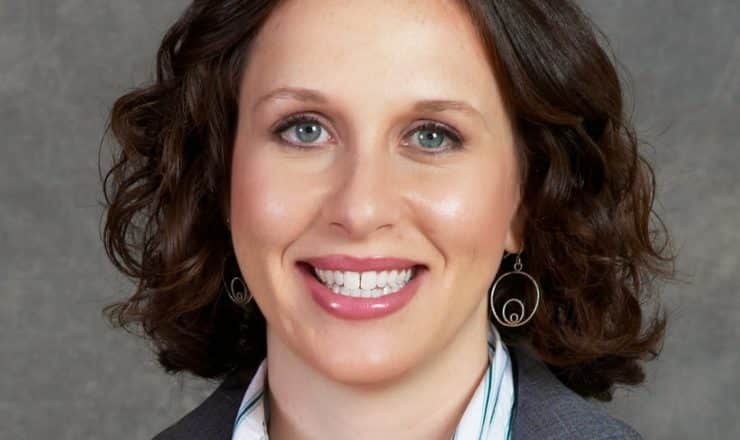The Age of Adolescence: Risk vs. Potential
“Adolescence is not something just to survive; it is an age of opportunity and a chance to thrive.”
A few weeks ago, I attended the American Probation and Parole Association’s (APPA) 40th Annual Training Institute and was struck by these words. Dr. Laurence Steinberg of Temple University, one of the world’s foremost experts on adolescence, spoke of the teenage brain’s potential for change and the associated implications for how we view and interact with youth.
During adolescence, the brain is especially malleable. In fact, it is the last period in brain development where there is a level of plasticity rivaling that of infancy. While it is a time for tremendous growth, it is also one of great vulnerability as the brain has a heightened capacity to be influenced or changed in response to experiences. It is during this period that the experiences youth are exposed to have the ability to greatly affect them either positively or negatively.
In the field of criminal justice, we have a label for youth who are exposed to negative conditions and experiences: at-risk. This term describes children or adolescents who are unlikely to become productive and responsible adults, and are likely to have contact with the justice system. Many factors from multiple domains place a youth at-risk: substance use, anti-social attitudes/beliefs, neglect, poor familial relationships, academic failure, anti-social peers, neighborhood disorganization and so forth. While not every adolescent who faces these challenges in their life, or are vulnerable to these conditions will engage in criminal behavior, it is often viewed as a foregone conclusion that many will fall through the cracks and find themselves in the juvenile justice system and later the adult correctional system.
The inherent problem with the use of the at-risk label however, is that, by definition, it views failure as inevitable in some instances. It also has the potential to stigmatize those youth who have the label applied to them. In criminological theory, labeling has the potential to influence how an individual views themselves and how they subsequently behave. This, in turn, can lead to a self-fulfilling prophecy if that label is internalized. In other words, if an adolescent is deemed to be unlikely to succeed and destined for involvement with the justice system, then they may lack the ability to envision a different future and act accordingly.
As a criminologist myself, I have always adhered to the concept of risk. But perhaps it is time to challenge the conventional paradigm and shift the focus from risk alone. Instead, we should also view these adolescents as having potential.
Earlier this year, we launched an online course for judges that included a case study of an at-risk youth. In this fictional scenario, Roberto’s involvement with the criminal justice system stemmed from an underage drinking arrest. An assessment revealed a number of associated risk factors in his life that contributed to his substance use. The judge recognized Roberto’s drinking episode not merely as delinquency, but as an opportunity for further intervention.
It is here that Dr. Steinberg’s research on adolescence has implications for criminal justice policy. The experiences that youth have with the system can be either positive or negative and subsequently, influence outcomes. Practitioners can take advantage of initial contact with the system and view it as an opportunity to intervene in a positive manner. Risk factors such as substance use, mental health disorders and a dysfunctional home environment can be addressed while a support network is simultaneously developed.
It is important to acknowledge that all adolescents, whether at-risk or not, are capable of success.
But, vitally important to the realization of this potential are relationships. Youth succeed when they are surrounded by adults who believe in them. During this key period of brain development, relationships have the ability to shape growth. Particularly for those who are “at-risk,” having an adult who believes in them more than they believe in themselves can begin to foster positive experiences and also create opportunities for success. When youth experience success, they begin to realize their potential. It is at this point that the future can shift to one of hope. Parents, educators, community members and criminal justice practitioners can each be that source of support.
This is how we close the door to the criminal justice system, long before it becomes a revolving one.
Erin Holmes, Director, Traffic Safety and Technical Writer for Criminal Justice Programs, is responsible for managing Responsibility.org’s traffic safety portfolio and partnerships, and is involved in the development of traffic safety and criminal justice policy.






